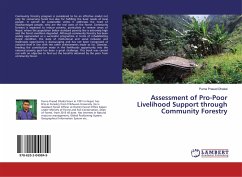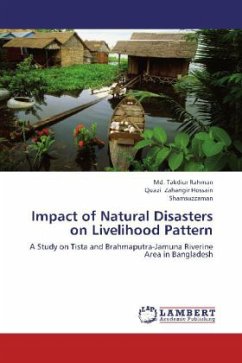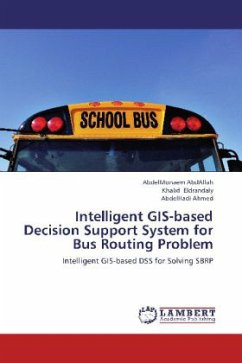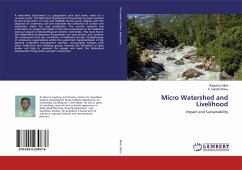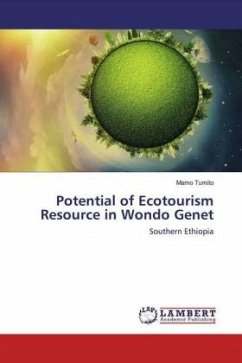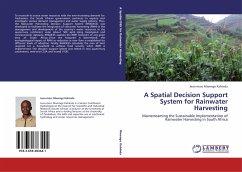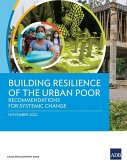Community forestry program is considered to be an effective model not only for conserving forest but also for fulfilling the basic needs of local people. It cannot be sustainable unless it addresses the need of disadvantaged people, who are the real users of the forest. Community forestry is expected to reduce poverty, particularly in remote areas of Nepal, where the population below standard poverty line is extremely high and the forest condition degraded. Although community forestry has been widely appreciated as a successful programme in terms of rehabilitating forest condition, the state of institutional and social inclusion and livelihoods opportunity is discouraging and has not been recognized at national level in line with the other achievements made so far. Likewise, feeding the contribution made in the livelihoods opportunity into the national poverty goal has been a great challenge. This book was carried out with an objective to find out the benefits obtained by the poor from community forest.
Bitte wählen Sie Ihr Anliegen aus.
Rechnungen
Retourenschein anfordern
Bestellstatus
Storno

